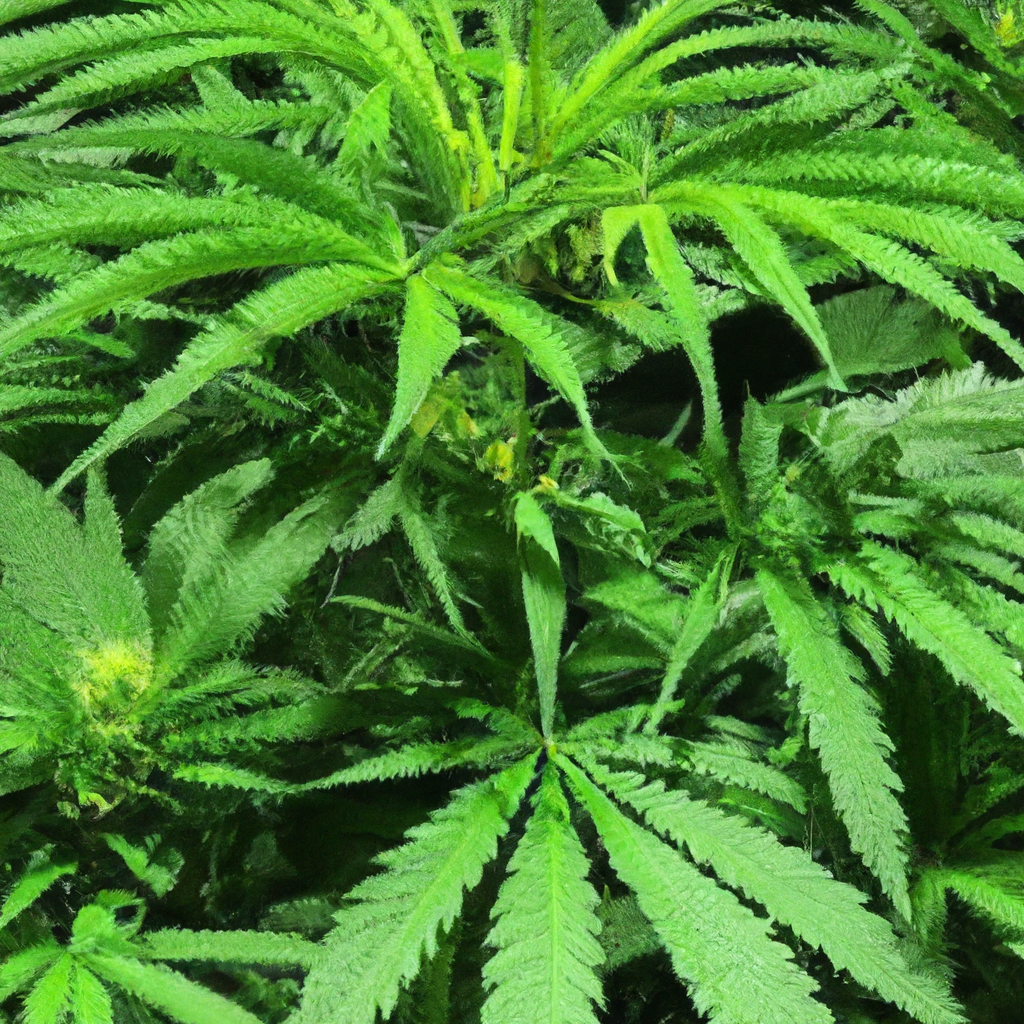Your cart is currently empty!
In the dynamic world of cannabis cultivation, pests can pose significant challenges to both novice and experienced growers. While nurturing healthy, vibrant plants, it is crucial to incorporate effective pest management strategies. This guide presents practical tips and actionable insights to tackle common pest issues and foster successful cannabis cultivation.
Introduction to Cannabis Pest Management
Pests, ranging from tiny insects to larger rodents, can wreak havoc on your cannabis plants by feeding on leaves, stems, and even roots. A robust pest management plan not only involves deterring pests but also ensuring a conducive growth environment that reduces the risk of infestations.
1. Identify Common Cannabis Pests
The first step in effective pest control is identifying the culprits. Here are some common pests that target cannabis:
- Spider Mites: Tiny, spider-like insects that create webs under leaves.
- Aphids: Small, sap-sucking insects that often cluster on new growth.
- Whiteflies: Small, white-winged insects that lay eggs on the undersides of leaves.
- Caterpillars: Larvae that chew through leaves and stems.
2. Implement Preventative Measures
Preventative strategies can drastically reduce the occurrence of pest issues. Consider the following techniques:
- Companion Planting: Planting garlic, basil, or marigold around cannabis deters many common pests.
- Maintaining Plant Health: Healthy plants are more resilient to pest invasions. Focus on adequate watering, nutrition, and environment control.
- Regular Inspections: Consistently check plants for early signs of pest activity to catch infestations early.
3. Natural and Organic Pest Control Solutions
When dealing with pests, using natural or organic solutions is often preferred to maintain the integrity of the cannabis crop. Here are a few viable options:
- Nematodes: Beneficial nematodes can naturally eliminate soil-dwelling pests.
- Diatomaceous Earth: A non-toxic powder that dehydrates and kills soft-bodied insects upon contact.
- Neem Oil: A natural pesticide that disrupts insect hormone systems, effective against a variety of pests.
4. Integrated Pest Management (IPM) Approach
Integrated Pest Management (IPM) is a comprehensive approach that combines cultural, physical, biological, and chemical methods to manage pests. This strategy emphasizes prevention and minimal use of chemicals:
- Cultural Controls: Modify farming practices, such as crop rotation, to reduce pest attraction.
- Physical Controls: Utilize barriers, traps, or manual removal to protect plants.
- Biological Controls: Introduce natural predators like ladybugs that feed on harmful pests.
- Chemical Controls: Use pesticides only as a last resort, opting for organic and biodegradable options when possible.
Conclusion
Effective pest management is vital to achieving a healthy and successful cannabis garden. By identifying pests early, employing preventive measures, and integrating natural control methods, cultivators can minimize damage and enhance plant vigor. Remember, maintaining a balanced ecosystem in your grow space is the key to sustainable and thriving cannabis cultivation.
With these pest solutions in hand, you’re better equipped to protect your plants and maximize your yield.
Discover more from Magic Clones
Subscribe to get the latest posts sent to your email.


Leave a Reply